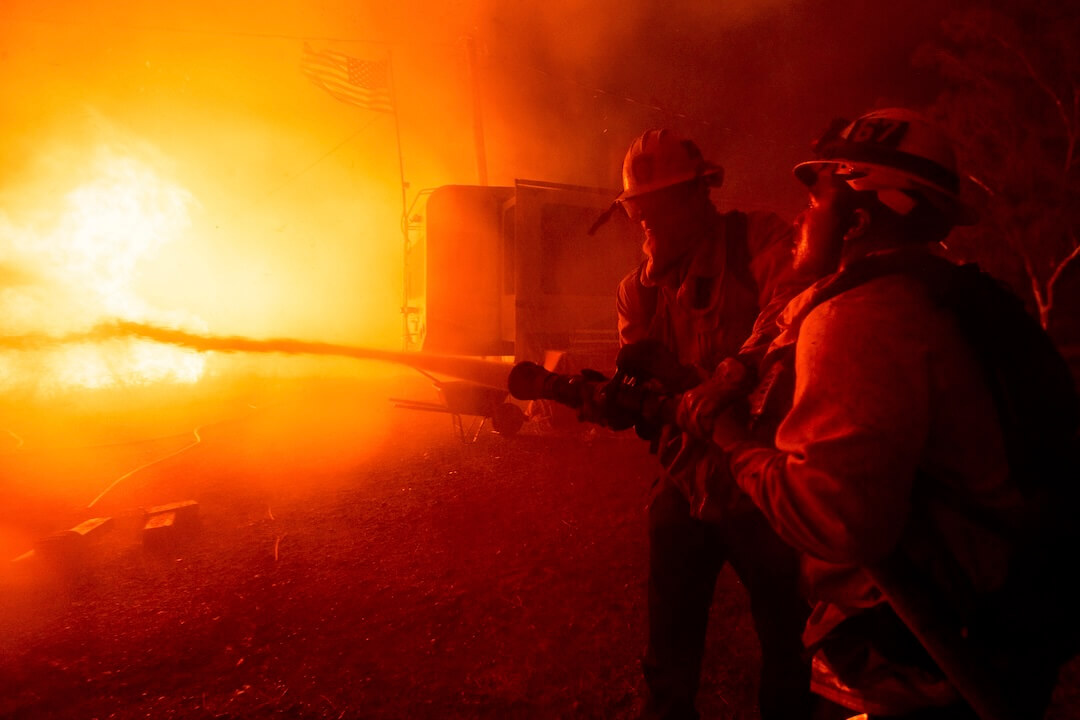As a public health and medical reporter, I’m always looking for sites that use new technologies in ways that illuminate these topics. As far as newspapers are concerned, I’ve been mostly disappointed on this front. I see a lot of database-driven interactive features on meth labs, homicides, and severe weather — but not much on disease outbreaks or other public health concerns.
I find this odd, since the non-mainstream-media blogosphere has taken to this approach to covering public health in a big way. For instance, there’s the crowdsourced independent site Who Is Sick?, which I’ve written about for the University of Minnesota’s Center for Infectious Disease Research & Policy. Also, a group of obsessives who call themselves FluBlogia create and distribute daily maps of avian flu outbreaks.
…But at long last the Web site of a major daily paper has satisfied my yearning — and it’s so cool! The Toronto Star’s new Map of the Week project has published a set of school vaccination maps which illuminates an ongoing measles outbreak in the Toronto metro area — the worst in more than a decade. (Public-health aside: Measles is no joke. We think of it as a common disease of childhood, but it can cause very serious illness in vulnerable persons, and it is extremely contagious. OK, sermon over.)
In Ontario, as in the U.S., measles vaccination is compulsory — with some specific exemptions. Usually enough children are vaccinated to keep the infection from taking hold and thus keep the community protected (a concept called “herd immunity”). However, if enough parents decline to have their children vaccinated, a disease can break through the wall of immunity that vaccination places around a group.
What the Map of the Week project has done is to show where this wall might crumble next. They did this without breaching medical privacy (always a challenge in public health stories) by mapping the vaccination rates and exemption percentages of Toronto schools. The resulting map illustrates, by school and by neighborhood, where vaccination rates are lowest (as low as 31 percent) — and therefore where herd immunity is weakest.
It’s very nicely done.





